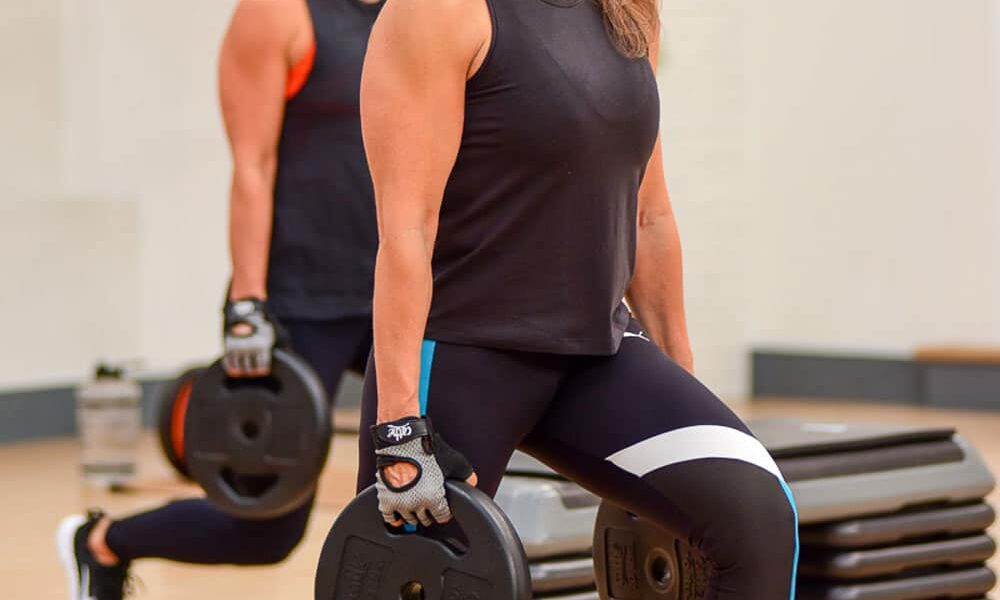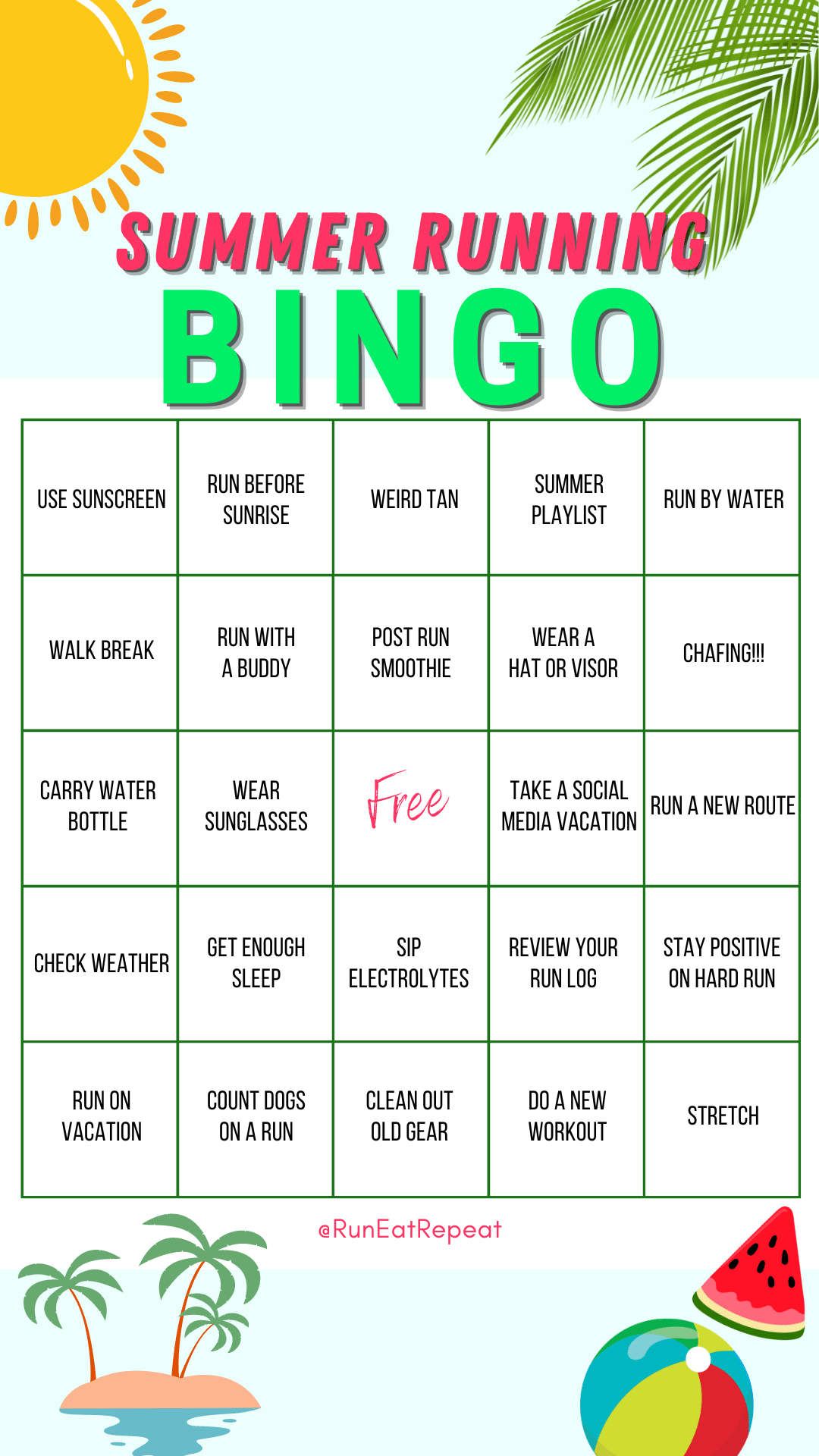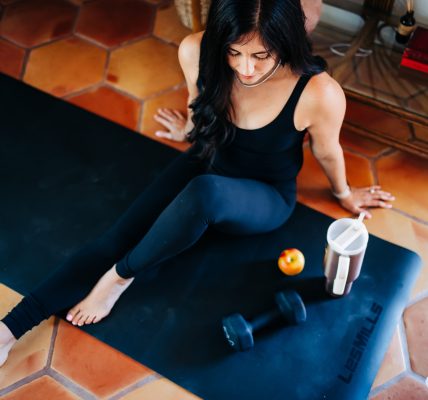If you live with osteoarthritis of the knee, you know that certain exercises can trigger joint discomfort. High-impact activities like running that pound the joints are challenging when the cartilage in your knees is wearing thin.
The goal should be to stay active but be smart about how you do it. It’s a matter of tuning into what your body can and can’t manage and finding that sweet spot where exercise helps rather than harms.
On the plus side, certain types of exercise are beneficial for knee osteoarthritis (OA), including strengthening exercises, low-impact aerobic exercises, and range-of-motion exercises. These can improve pain, function, strength, and quality of life. Plus, movement helps lubricate the knee joints.
Strengthening the muscles that support your knee joints, particularly your quads, gives arthritic knees extra support. Staying active is key for joint health, but the wrong movements can increase pain. Lunges strengthen legs and improve knee stability, but they can also cause knee pain if you do them incorrectly.
The key is to choose joint-friendly lunge variations and use good form with each repetition. We’ll cover lunge variations that are safest for achy knees, but first, let’s review some tips for including lunges in your workout routine if you have knee arthritis. These should apply to any type of lunge you do.
Getting the Green Light
Always check with your doctor or physical therapist first before trying new exercises with arthritis. They can evaluate if lunges are safe for your knees based on how much cartilage destruction you have in your knees. Also, try to avoid lunge variations that could strain your knee joint. Arthritis can lead to varying levels of joint damage, so know where you stand before making lunges your go-to exercise.
Properly warm up before lunging too – spend at least 5-10 minutes with gentle cardio and leg stretches. This lubricates the joint and prepares the muscles. Now, let’s look at the best knee-friendly lunge variations to help you strengthen your quads without causing knee pain or swelling.
The Best Knee-Friendly Lunge Variations
Stationary Lunges
Stationary lunges reduce stress on the knees since feet remain planted, avoiding risky forward momentum. Keeping your feet stationary also allows you to better focus on form and will help you keep your knees from moving past your toes.
To do one: Stand with your feet hip-width apart and your hands on your hips or hold weights like dumbbells or kettlebells. Next, take a large step forward with one leg, keeping your torso upright and your core muscles engaged for stability. As you lower your body, bend both knees until your front thigh is parallel to the floor and your back knee comes close to touching the ground.
Ensure that your front knee tracks over your ankle throughout the movement and does not pass over your toes, which can put a strain on the joint. Descend until you feel a stretch in the front of your back leg, then push through your front heel to drive back up to the start position. Be sure to keep your feet in a split stance rather than stepping back to bring your feet together.
Reverse Lunges
Reverse lunges are safer than forward lunges for people with knee arthritis because they put less shear force on the knee joint. With a forward lunge, you propel your body weight forward which can increase shear stress and compression on the knee. The backward motion of the reverse lunge is more controlled and keeps the knee stacked over the ankle, reducing knee strain.
The front leg does most of the work in a reverse lunge, while the back leg is used for balance. This makes it gentler on arthritic knees. Physical therapists recommend starting with reverse lunges before progressing to forward lunges for knee osteoarthritis patients.
To do one: Stand tall, feet hip-width apart. Step back with one leg, landing on the ball of the foot. Bend both knees lower until your front thigh is parallel to the floor, and your back knee hovers. Push through the front heel to return to start. Keep torso upright, core engaged, front knee over toes. Alternate legs for reps.
Walking Lunges
The walking lunge is another lunge alternative that’s friendly for arthritic knees. Why? This variation allows you to take smaller steps and control the movement easier. You also don’t have the pressure to lunge as deep. Plus, when you step forward or backward, you also engage more stabilizing muscles compared to doing a stationary lunge. Start without weights to make it even more friendly for your knees. You can always add weight later once your joints adjust.
To do one: Stand with your feet about hip-width apart. Take a big step forward with one leg, landing on your heel. Bend both knees to lower down into a lunge, keeping your front knee behind your toes. Pause for a moment. Then, push off your front foot and drive your back knee up and forward to step into the next lunge. Continue alternating legs, taking smooth controlled steps to “walk” forward (or backward) in a series of lunges.
Split Squats
Split squats tend to be easier on the knees than forward lunges. The reason? For one, your feet are stationary in a split stance position when you do a split squat. The lack of movement creates more knee stability than stepping forward. Since your feet are stationary, there’s less shear force on your knee joint.
To do one: Stand with feet together. Place one foot on a bench behind you, laces down, and top of the foot on the bench. Descend until the front thigh is parallel to the floor, the back knee hovers above ground. Keep torso upright, weight in front heel. Push through the front leg to return to start. Repeat for reps then switch legs, keeping core braced.
Maintaining Good Form When You Lunge
No matter the lunge type, strict form is critical. Keep your torso upright, core braced, and chest lifted to avoid hinging from the lower back. As you lunge, be aware of your position so that your front knee stacks above the ankle rather than caving inward. Limit your range of motion to avoid pain. Also, lean forward slightly when you lunge to reduce the stress on your knee.
Other Guidelines for Knee Safety When Lunging:
- Avoid heavy weights, jumping between reps, and letting knees collapse inward.
- Skip lunges on days that you have pain.
- Wear knee braces/sleeves to reduce inflammation.
- Ice knees after for 15-20 minutes.
- Build up volume gradually over time.
- Try different lunge types and see which feels best for your knees.
Conclusion
Knee arthritis doesn’t preclude you from lunges if you modify correctly – talk to your doctor, warm up well, use proper form, and take precautions like bracing, icing, and gradual progression. Done right, they can safely strengthen your lower body.
References:
- Lee J, Kim J. Effects of an 8-week lunge exercise on an unstable support surface on lower-extremity muscle function and balance in middle-aged women. Phys Act Nutr. 2022 Dec;26(4):14-21. doi: 10.20463/pan.2022.0020. Epub 2022 Dec 31. PMID: 36775647; PMCID: PMC9925109.
- Riemann BL, Lapinski S, Smith L, Davies G. Biomechanical analysis of the anterior lunge during 4 external-load conditions. J Athl Train. 2012 Jul-Aug;47(4):372-8. doi: 10.4085/1062-6050-47.4.16. PMID: 22889652; PMCID: PMC3396296.
- “Lunges: Muscles Worked, How-To, Variations, and More – Healthline.” 14 Apr. 2023, https://www.healthline.com/health/fitness-exercise/lunges-muscles-worked.
- Bezerra ES, Diefenthaeler F, Nunes JP, Sakugawa RL, Heberle I, Moura BM, Moro ARP, Marcolin G, Paoli A. Influence of Trunk Position during Three Lunge Exercises on Muscular Activation in Trained Women. Int J Exerc Sci. 2021 Apr 1;14(1):202-210. PMID: 34055138; PMCID: PMC8136561.
Related Articles:
Front vs Back Lunges: What Are the Advantages of Each?
5 Movement Patterns to Master for Greater Functional Strength
More Than a Leg Exercise: 5 Reasons to Love Lunges
Do You Hate Squats and Lunges?
Are You Making These Common Lunge Mistakes?
Squats vs. Lunges: Which is Better for Glute Development?
Related Cathe Friedrich Workout DVDs:
STS Strength 90 Day Workout Program
All of Cathe’s Strength & Toning Workout DVDs
Total Body Workouts
Lower Body Workouts









